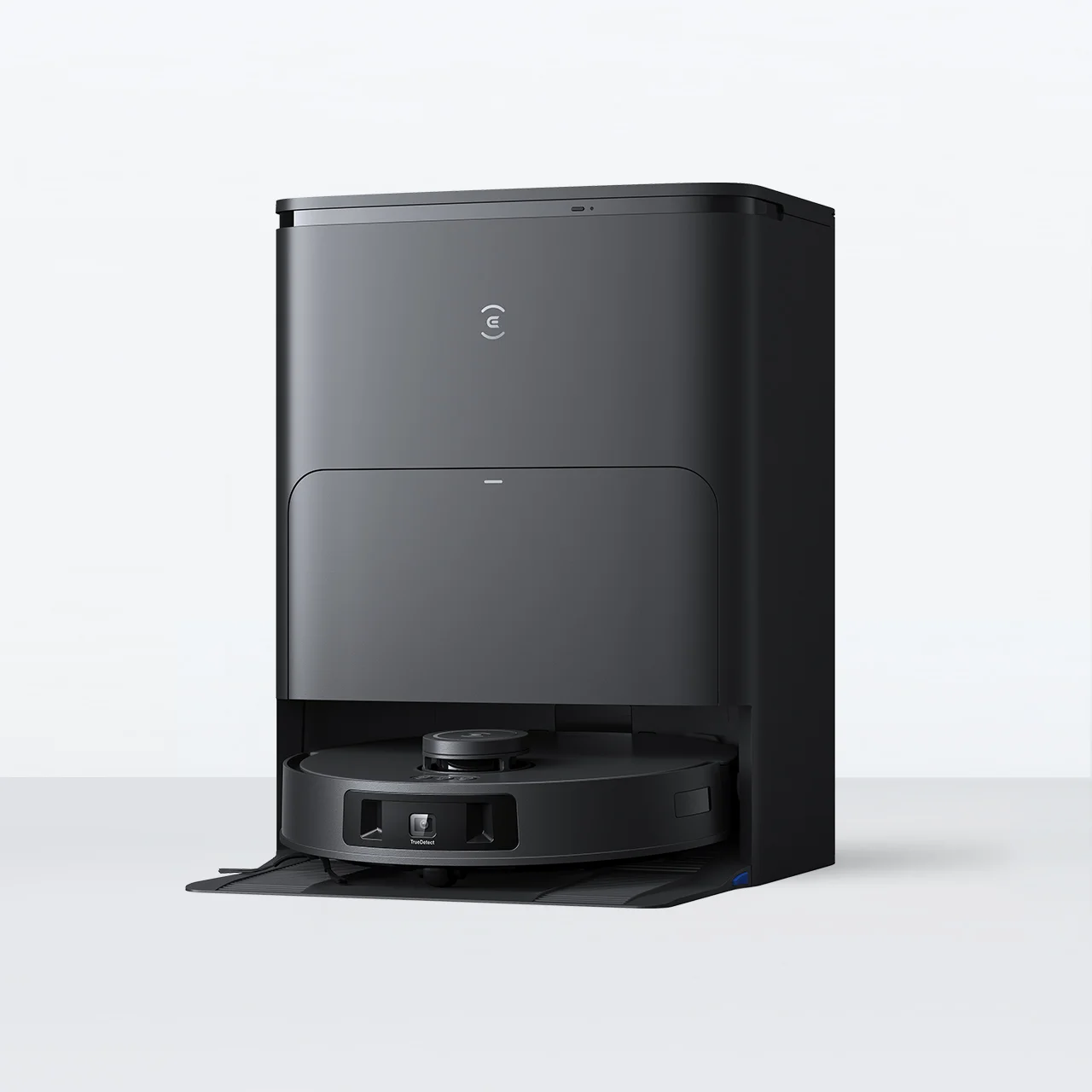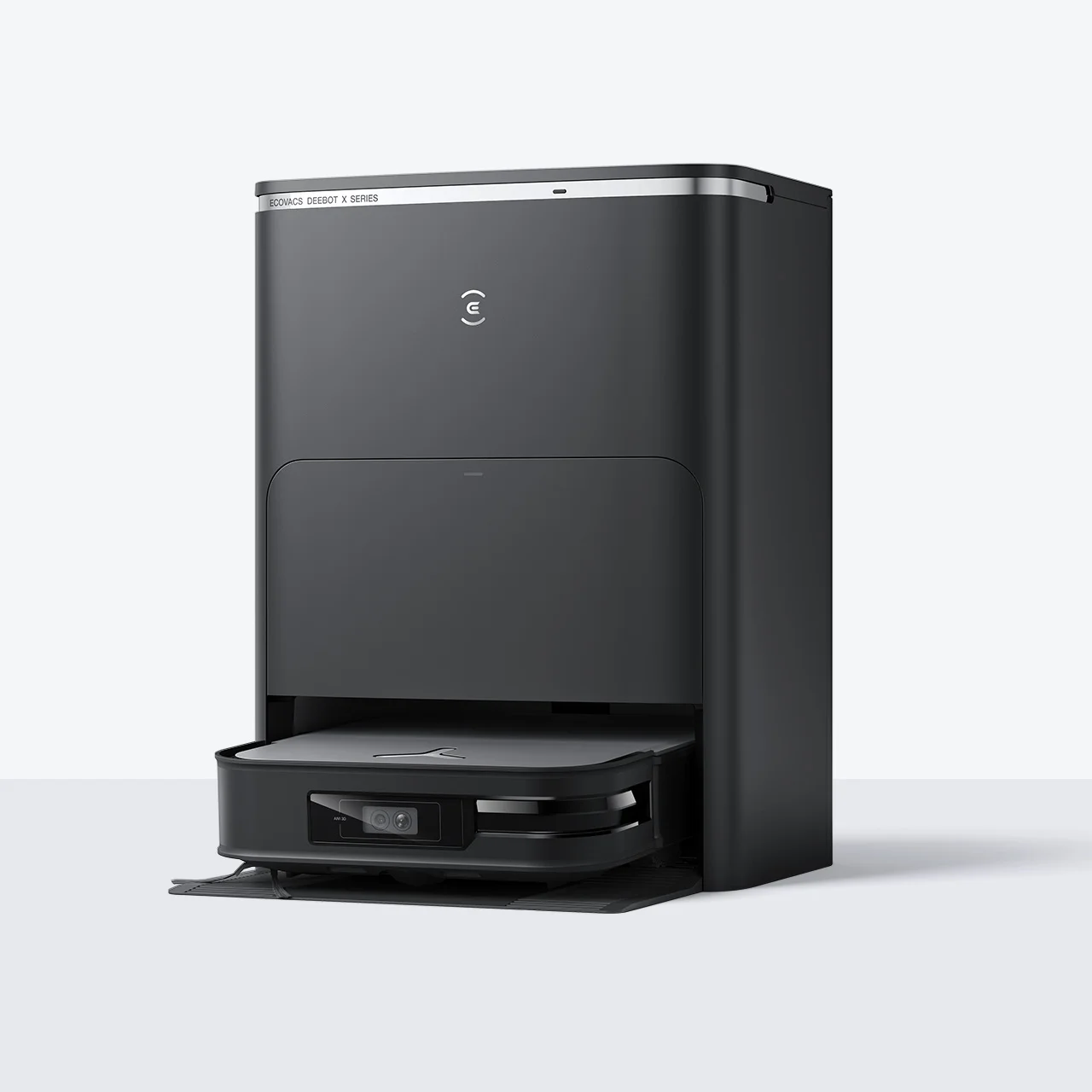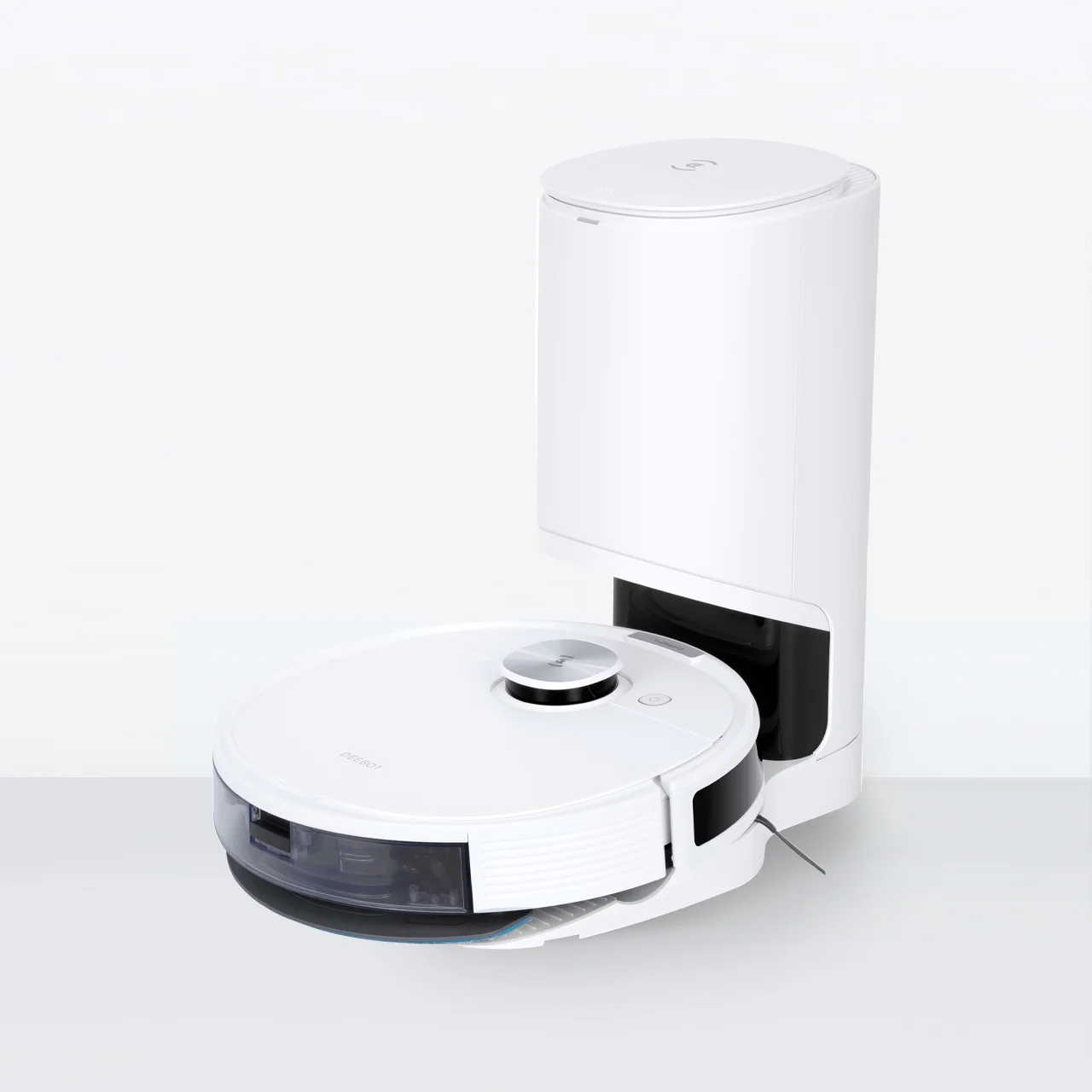
Robot vacuums have become a modern method for keeping homes clean. These highly advanced machines use sensors to navigate a room and gather dust, dirt, and debris. They have gained popularity because of their efficiency and convenience. However, some may be curious about their electricity usage, especially when according to Statista, electricity consumption in the United States totaled 4,085 terawatt-hours in 2022, with consumption figures highest in the residential sector (1,509.2 terawatt-hours) during this time.
Understanding robot vacuum power consumption, as opposed to that of their traditional counterparts, is essential so you can make informed purchasing decisions, manage energy costs, prolong the lifespan of the device, and contribute to environmental sustainability. Discover how energy efficient smart vacuums are, how they measure up to conventional vacuums, and how you can minimize power consumption when you use them.
What’s the Average Energy Consumption for Vacuum Cleaners?
Typically, the power consumption of an upright vacuum cleaner varies depending on its wattage, which can range from 500-1,500 watts. Understanding what factors and features influence how much energy these devices consume can help you make more energy-conscious decisions regarding your vacuuming habits and appliance choices.
Higher-powered motors generally consume more electricity, so they provide a better cleaning performance but higher energy usage in the bargain. In addition, frequent or longer cleaning sessions will result in higher electricity consumption, as will additional features like enhanced suction settings, motorized brushes, or LED lights. However, newer models might be designed to be more energy-efficient compared to older ones, using advanced technology to reduce power consumption without compromising performance.
How Much Electricity Do Robot Vacuums Use?
Robot vacuums generally use between 60–100 watts while they’re working — similar to the average power consumption of a ceiling fan. The amount of electricity these devices use at any given time depends on a variety of factors:
● Usage frequency: Frequent and prolonged cleaning sessions increase overall energy consumption.
● Motor power: Higher wattage motors usually consume more power, but may provide stronger suction, which can result in more effective cleaning.
● Battery capacity: Robot vacuums with larger batteries may use more electricity in terms of capacity and the frequency of recharging. A robot vacuum that needs constant recharging uses more electricity over time.
● Cleaning settings: ‘High-power’ or ‘max’ cleaning modes use more electricity than ‘eco’ or ‘standard’ settings due to increased suction power and operational speed.
● Home layout and floor type: A home with many obstacles can cause the appliance to work harder and longer, increasing electricity usage. Additionally, cleaning thick carpets generally requires more power than hardwood floors.
● Maintenance and efficiency: Well-maintained robot vacuums operate more efficiently and use less electricity. Regular cleaning of brushes, filters, and sensors ensures the vacuum does not get overworked, which can save energy.
● Firmware and software updates: Regular updates can improve the efficiency and performance of smart vacuums, potentially reducing their electricity consumption.
Do Robot Vacuums Consume Less Electricity Than Other Vacuum Cleaners?
Robot vacuums consume less electricity on average than traditional vacuums primarily because they have less powerful motors, and therefore use less power than their conventional counterparts — 60–100 watts in a smart vacuum, as opposed to 500-1,500 watts in a traditional cleaner. However, these devices are usually more efficient in maintaining clean floors on a regular basis, which might reduce the need for more intensive cleaning sessions with traditional vacuums.
Robotic vacuum cleaners use rechargeable batteries, so they consume electricity not only when working, but also while charging. But most newer models are designed to be energy-efficient and do not consume a great amount of electricity while charging. Additionally, the smart features of these devices — such as mapping, scheduling, and Wi-Fi connectivity — require additional energy. These features add to the overall electricity consumption, although the impact is relatively minimal compared to the power needed for the actual cleaning.

How Much Energy Do ECOVACS DEEBOTs Consume?
ECOVACS DEEBOTs are designed with energy efficiency in mind, offering a more eco-friendly cleaning solution for your home. By incorporating features such as smart navigation, scheduling, and automatic power-recharging modes, the DEEBOT optimizes its energy consumption and minimizes its environmental impact. As a result, you can enjoy a cleaner home without worrying about excessive energy usage or high electricity bills, making this vacuum robot a cost-effective and environmentally responsible choice for modern households.
For instance, the latest model, the ECOVACS DEEBOT T30S, features a battery capacity of 5200mAh with 1 cell, providing up to 290 minutes of working time on hard floors in silent sweep mode and 220 minutes in standard sweep mode. When sweeping and mopping simultaneously, the ECOVACS DEEBOT T30S lasts for 200 minutes in standard mode. It takes approximately 3.1 hours to recharge and has a rated power of 60 watts with a working voltage of 14.4 volts.
How to Minimize Power Consumption in Robot Vacuum Cleaners?
The best way to minimize power consumption in a robot vacuum cleaner is to use energy-saving modes to reduce suction power and conserve battery life during routine cleaning. This can help reduce your electricity bills and extend the lifespan of the device. Another way is to schedule your device to clean when dirt and debris are more likely to accumulate — such as after meals or at the end of the day — to reduce the need for multiple cleaning sessions. You can also focus on specific rooms that are more likely to get messy, like the kitchen, main door entrances, and children’s playrooms, rather than clean the entire house.
If you’re in the market for a smart vacuum, buy a model with advanced navigation and mapping features that avoids redundant cleaning paths, and saves both time and energy in the process. Look for devices with efficient battery management systems that maximize cleaning time while minimizing energy consumption. Once you start using your device, you should clean your robot vacuum regularly by removing dirt, debris, and hair from its wheels, brushes, and filters. Replace worn-out parts when required so that the machine maintains optimal performance.
Other ways to reduce power consumption is to give the device a clear path when you set up your robot vacuum cleaner to allow it to clean more efficiently and program it to work less frequently when you won’t be at home for long stretches of times, such as when you’re on vacation. Monitor the appliance’s power consumption and adjust usage patterns so that it performs to its best capacity.

FAQ
How much electricity does a robot vacuum use?
A typical robot vacuum consumes 30–90 watts per hour, depending on the usage and model. This is relatively low compared to upright vacuums, which can use up to 1,500 watts per hour.
Do robot vacuums use a lot of electricity compared to other household appliances?
Robot vacuums are generally energy-efficient and use less electricity compared to larger household appliances like air conditioners or washing machines. Their consumption is comparable to that of a standard light bulb.
What factors influence the power consumption of a robot vacuum?
A smart vacuum’s motor power, battery capacity, frequency of use, and additional features like self-emptying or advanced navigation systems affect the amount of electricity it uses. Regular maintenance can also impact overall energy efficiency.
Can a robot vacuum cleaner replace a regular vacuum?
A robot vacuum cleaner can complement if not fully replace a regular vacuum. It handles daily maintenance and routine cleaning effectively, and can access to hard-to-reach areas — like under sofas and between table legs — better than a traditional vacuum.
Related Products









